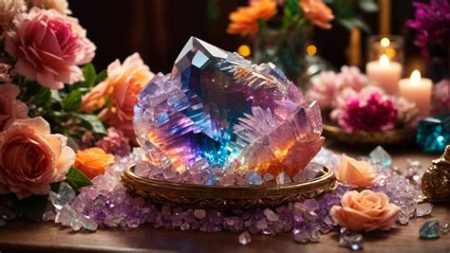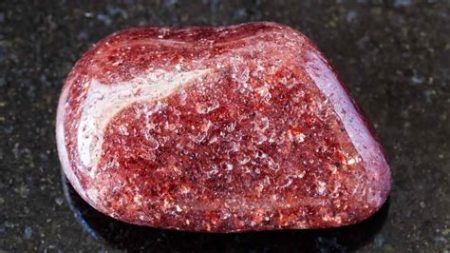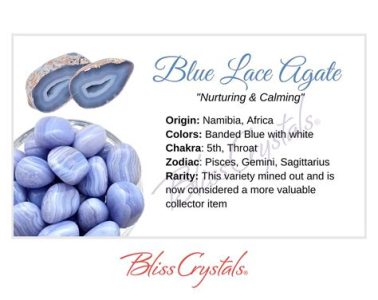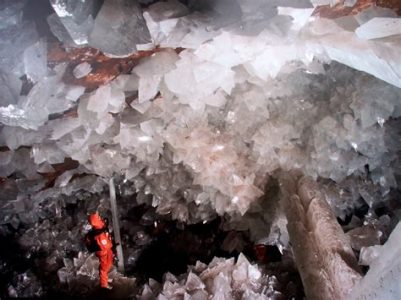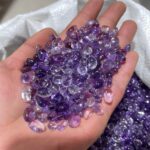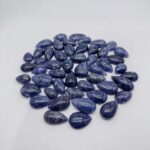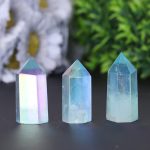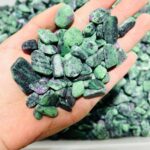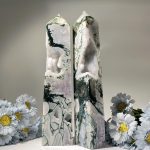Introduction

Blue rocks and minerals are captivating natural wonders that have piqued the interest of geologists, collectors, and enthusiasts alike. Their mesmerizing hues and unique properties set them apart from the myriad other geological formations found on Earth. This comprehensive guide delves into the intriguing world of blue rocks and minerals, exploring their characteristics, comparisons, and potential applications.
Characteristics of Blue Rocks and Minerals
The captivating blue coloration of these rocks and minerals stems from various factors, including:
- Optical Absorption: Certain minerals absorb specific wavelengths of light, resulting in the reflection of blue wavelengths, creating a blue hue.
- Chemical Composition: The presence of elements such as copper, iron, and cobalt can contribute to the blue color.
- Crystal Structure: The arrangement of atoms and molecules within a mineral can affect its optical properties, including its color.
Comparison of Blue Rocks and Minerals
Lapis Lazuli VS Sapphire
| Feature | Lapis Lazuli | Sapphire |
|---|---|---|
| Color | Deep midnight blue | Intense royal blue |
| Hardness | 5-6 Mohs | 9 Mohs |
| Origin | Metamorphic rock | Gemstone |
| Value | Semi-precious | Precious |
Azurite VS Turquoise
| Feature | Azurite | Turquoise |
|---|---|---|
| Color | Deep azure blue | Opaque blue-green |
| Hardness | 3.5-4 Mohs | 5-6 Mohs |
| Formation | Secondary mineral | Primary mineral |
| Use | Pigments | Jewelry and carvings |
Applications of Blue Rocks and Minerals
- Jewelry: Blue rocks such as lapis lazuli and sapphire are highly prized in the jewelry industry for their beauty and durability.
- Pigments: Azurite and other blue minerals have been used historically as pigments in paints and dyes.
- Building Materials: Blue stones like sodalite and granite are occasionally employed as decorative materials in architecture and landscaping.
- Metaphysical Properties: Some believe that blue rocks and minerals possess metaphysical properties, including calming and spiritual effects.
Innovative Applications in 2025
Emerging technologies offer exciting new applications for blue rocks and minerals:
- Optoelectronics: The unique optical properties of certain blue minerals could be harnessed for optoelectronic devices such as lasers and photodiodes.
- Nanotechnology: Blue mineral nanoparticles may find applications in biomedical imaging, drug delivery, and energy storage.
- Sustainable Materials: Blue stones could potentially be utilized in eco-friendly building and construction materials, replacing traditional synthetic dyes.
Common Mistakes to Avoid
- Misidentification: Not all blue stones are valuable. Avoid purchasing specimens without proper identification.
- Overpricing: Blue rocks and minerals vary in value. Research market prices to avoid overpaying.
- Ethical Sourcing: Ensure that the minerals you purchase are ethically sourced and do not contribute to environmental harm.
Step-by-Step Approach to Collecting Blue Rocks and Minerals
- Research: Familiarize yourself with different types of blue rocks and minerals.
- Identify Locations: Find areas known for blue mineral deposits.
- Prospecting: Use tools like a rock hammer and chisel to search for specimens.
- Identification: Consult field guides or consult experts to correctly identify your findings.
- Cleaning and Display: Clean your specimens and display them properly to showcase their beauty.
Pros and Cons of Collecting Blue Rocks and Minerals
Pros
- Educational and scientific value
- Aesthetic enjoyment and decoration
- Potential investment value
Cons
- Can be time-consuming and costly
- Requires knowledge and expertise
- Environmental concerns (over-harvesting)
FAQs
- What is the rarest blue mineral? Benitoite
- Which blue mineral is used in jewelry? Sapphire and Lapis Lazuli
- How can I protect my blue mineral collection? Store specimens in dry, well-lit areas.
- Are blue rocks and minerals radioactive? Some, such as uranium-bearing minerals, may be radioactive.
- How do I value a blue rock or mineral? Consult experts or refer to market price guides.
Market Insights
The global market for blue rocks and minerals is expected to grow significantly by 2025. Demand is driven by rising interest in jewelry and decorative applications. Technological advancements and sustainable practices are also creating new opportunities in the market.




